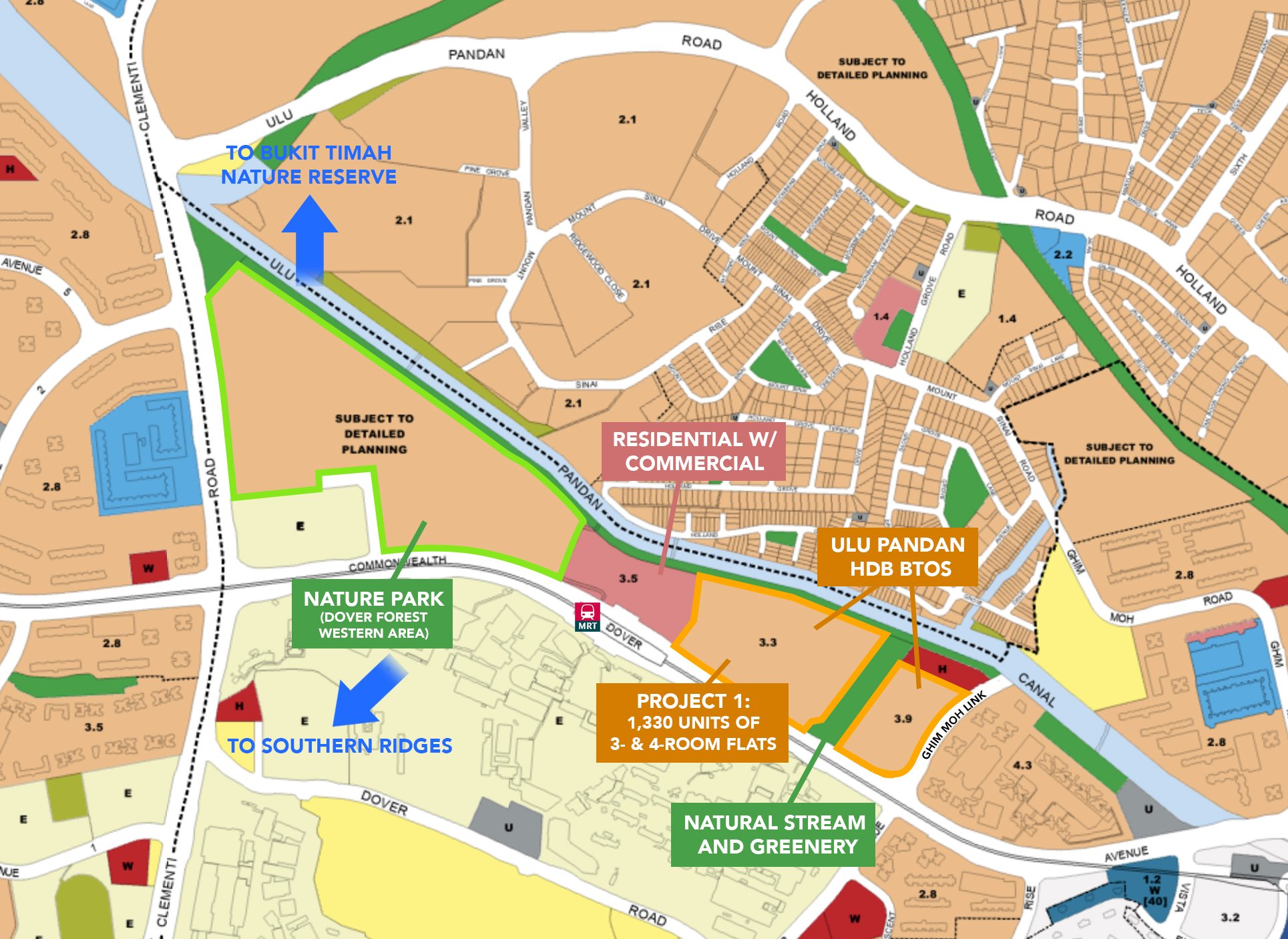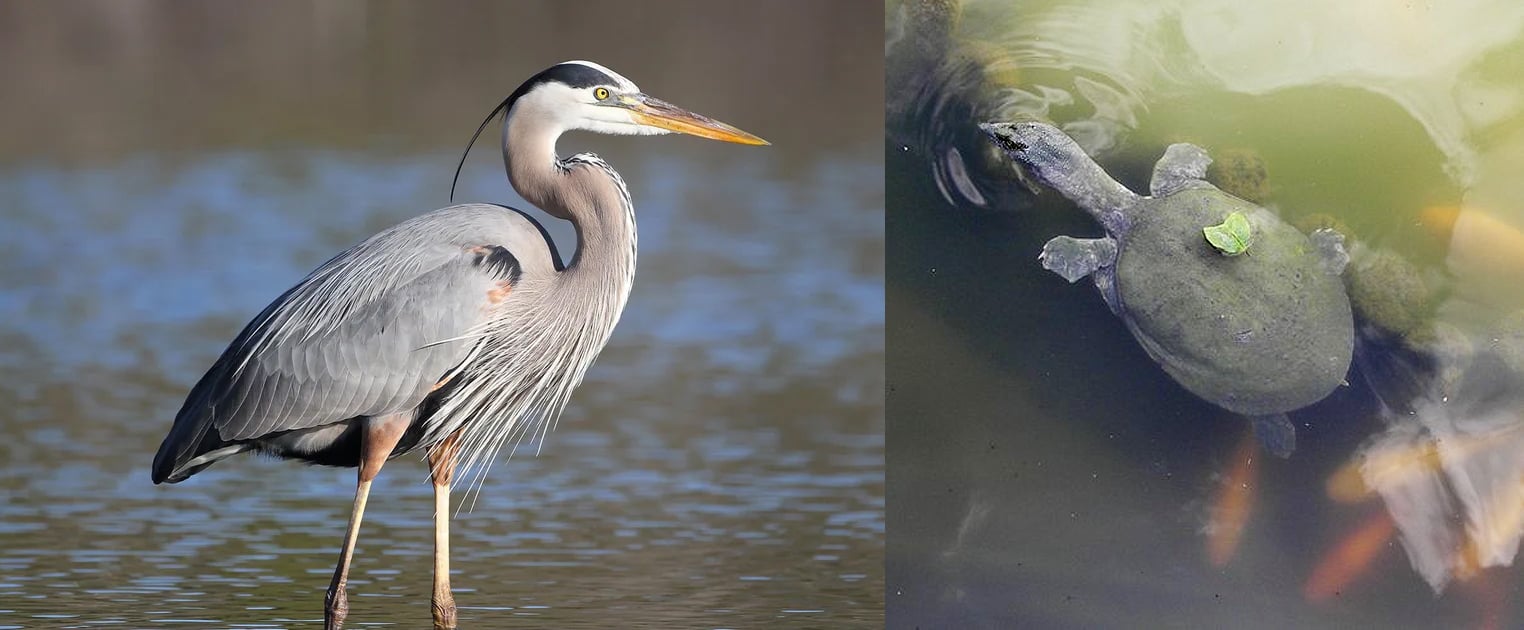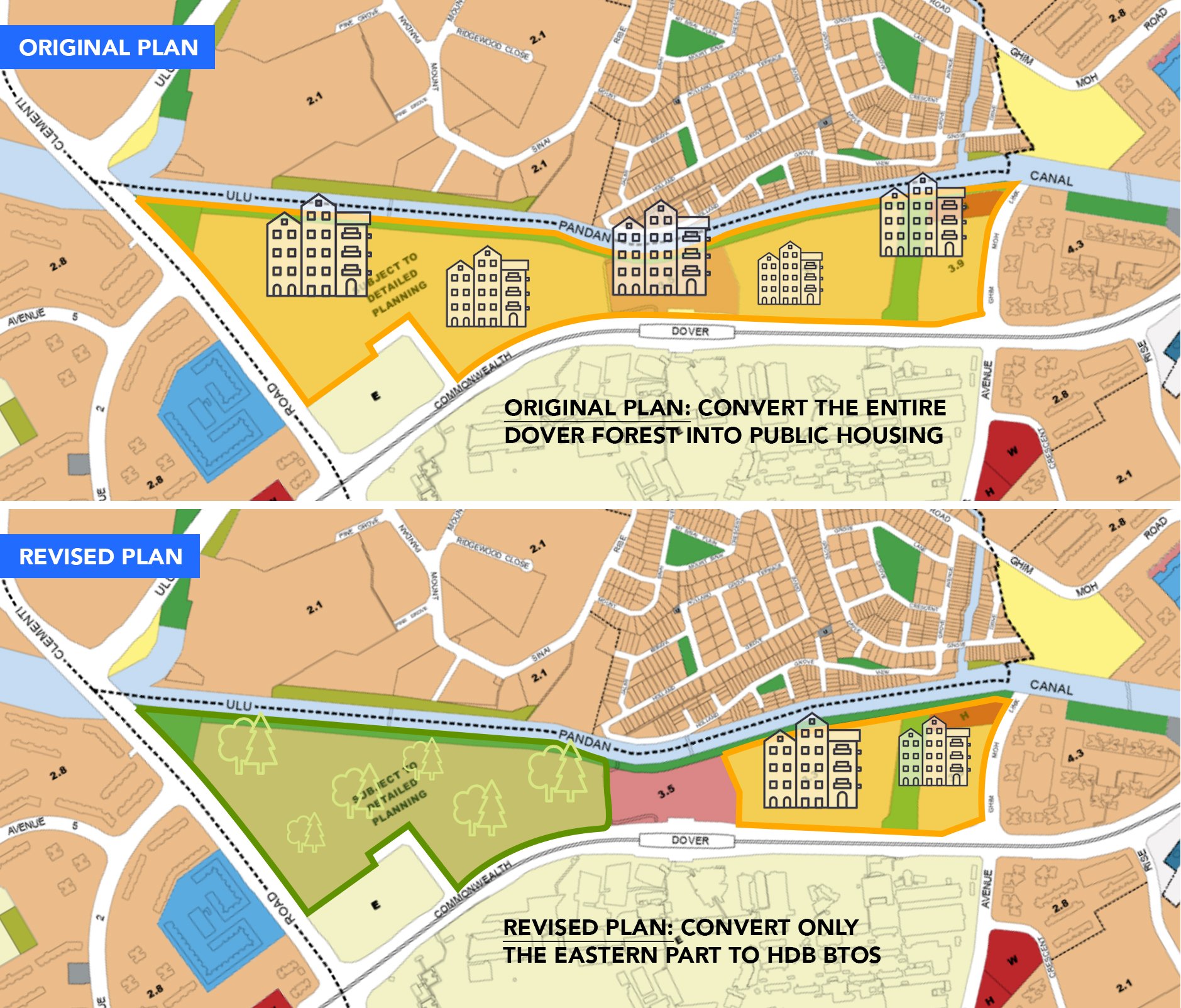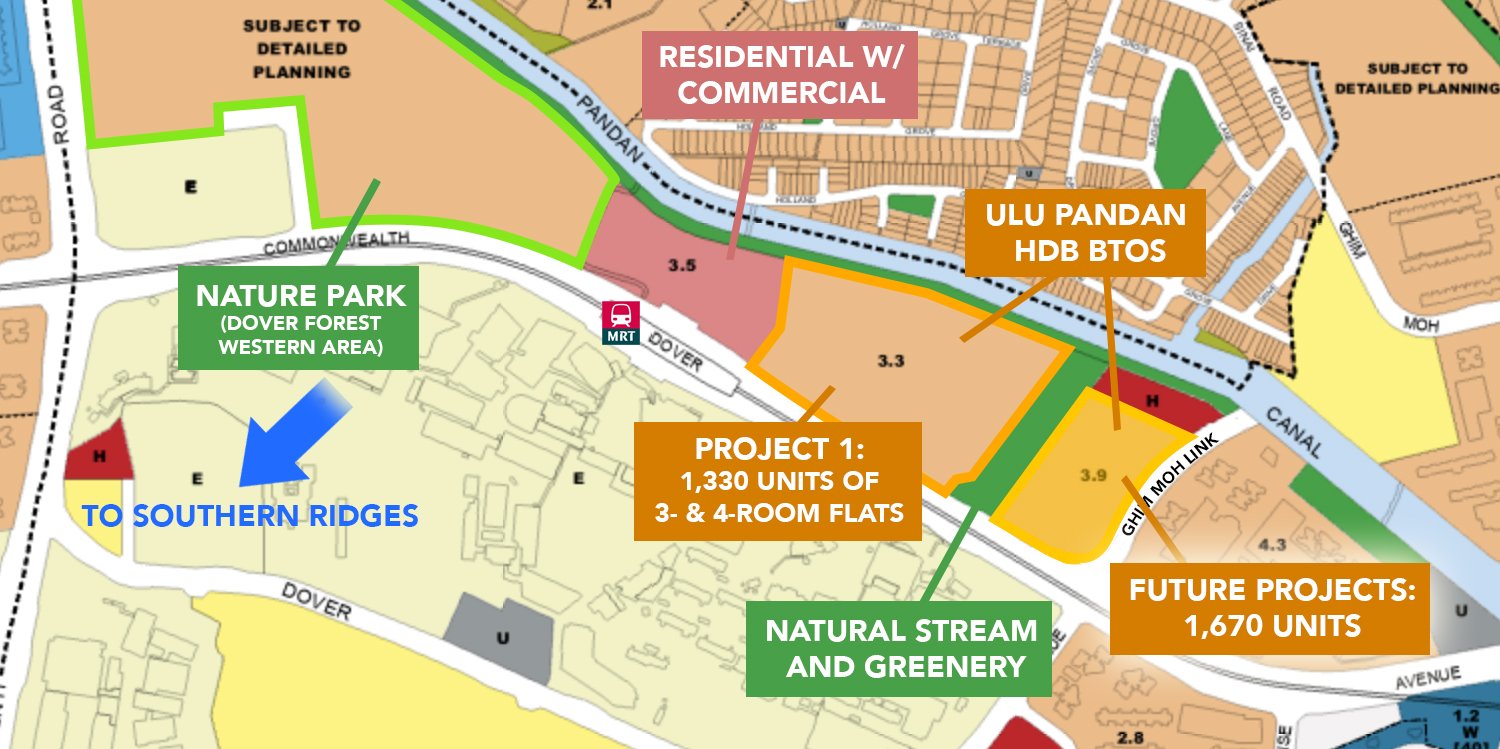Ulu Pandan is getting more residents and shedding its ulu reputation – 3000 BTO flats are slated to be built across three projects in Dover Forest, with the first to be launched in November.
Sitting in the eastern half of the forest, 1,330 flats of 3- and 4-room units will be built in a mix of low-rise and high-rise housing blocks, so future residents can enjoy the scenic views of the Ulu Pandan Canal (which is scheduled to be updated and beautified) and Holland Grove landed estate. Blocks facing the canal will be low-rise, while the blocks facing Commonwealth Avenue West will be high-rise.

The upcoming BTO project lies in the mature estate of Queenstown, with the last launch in the area is more than a decade ago, in November 2012. We predict that the launch will be a hot one due to its location in a mature area, with a rich cluster of well-established amenities.
Young couples hoping to snag a flat in the area to live within proximity of their families will also be vying for a spot on the ballot.
Currently, only landed properties and condos are up for sale in Ulu Pandan, so the BTO projects will be a budget-friendly welcome addition to the estate.
Here are three interesting facts about the latest Ulu Pandan BTO development.
1. Nature-conscious design
With Singapore looking to move the country towards a greener, more sustainable future over the next decade, the new housing estates are designed to minimise environmental impact as much as possible.
This is outlined in The Singapore Green Plan, where cycling paths are geared to expand to thrice their current length – from 460km to 1,320km – so people can commute via bicycle. To encourage the residents to adopt a healthy lifestyle, four trails in Ulu Pandan are in the works, including a 1.6km trail that runs along the Ulu Pandan Canal and connects to the various precincts.
One of the five key pillars of the Green Plan is to develop over 130ha of new parks while enhancing around 170ha of the current parks with more lush greenery. This is reflected in the 5ha of verdant spaces found in Ulu Pandan’s housing estate and a 1.2ha park, where extra effort has been taken to maintain much of the original flora and fauna as well as an existing freshwater stream.
Blocks will also include sky terraces, communal garden spaces and roof gardens for residents to come together and cultivate their gardens with fellow green thumbs.
2. Co-existing with endangered critters
To establish a green linear corridor along Ulu Pandan, HDB said it was working closely with the national water agency PUB and the National Parks Board.
Wildlife, such as a vulnerable species of grey heron and endangered Asian softshell turtle passing by Sungei Ulu Pandan, can use this ecological corridor as a safe passage.

Biodiversity in the area is being carefully preserved by developing only the eastern half of the forest – an area spanning 11ha out of the total 33ha of the entire Dover Forest. This wasn’t always the original plan – HDB had planned to convert the entire site into public housing but backpedalled after nature groups protested and presented scientific studies. They also collated 1,800 responses from the public to help determine the fate of the forest.

Conserving wildlife in land-scarce Singapore while balancing residential needs is a tricky front to navigate, but HDB is stepping up to the challenge by conserving the western half of the forest for at least the next decade.
Dover Forest is home to at least 158 animal species (including critically endangered ones) as well as 120 plant species. The western sector of the forest, marked out to be safeguarded as a nature park, has richer biodiversity compared to the eastern half, with large trees and threatened species.
This is the first time such measures have been put in place via a broad landscape approach to retain higher-quality vegetation on an existing site, so wildlife can access other nature areas such as Bukit Timah Nature Reserve and the Southern Ridges.
It’s heartening to see how the authorities involved Singaporeans in the decision as well as carried out multiple environmental studies instead of just bulldozing over the forest without a second thought.
3. Ditch your vehicles
Gazetted as the first car-lite HDB precinct (one of four estates), visitors to Ulu Pandan can expect fewer parking spaces when they visit the residents. Instead, the spaces are prioritised for public facilities and greenery to encourage the local community to mingle in nature.
But fret not; the infrastructure is planned to facilitate public transport, walking and cycling connections, so you won’t miss your metal monster. Residents have prioritised parking for their first cars, with a higher charge (S$190) for their second car, subject to availability.
Fewer vehicles will also mean less pollution and better air quality. Those who commute via public transport can use the sheltered elevated link-ways to get to Dover MRT directly, where they can conveniently access various amenities at its commercial node.
Future Ulu Pandan BTO projects
The remainder of the BTO units in Ulu Pandan will most probably be constructed on the corner of Ghim Moh Link and Commonwealth Avenue, with the conserved water stream running between the two projects.
More high-rise blocks will likely be found in future projects, as the allocated land area has an allowable gross plot ratio (GPR) of 3.9, while the current site has a GPR of 3.3. Higher blocks will also give more residents better views of the canal and landed estates in the surrounding area.

More details about the project will be revealed closer to the launch date, so check back in future for flat prices and estimated completion dates!
Are you interested to get a flat in the Ulu Pandan BTO launch? Let us know in the comments section below.
If you enjoyed this article, check out 4 key benefits why you should consider living in Ulu Pandan and Ulu Pandan BTO flats in 2021: Prices + What to expect.
The post 3 things to know about the latest Ulu Pandan BTO flats appeared first on .












